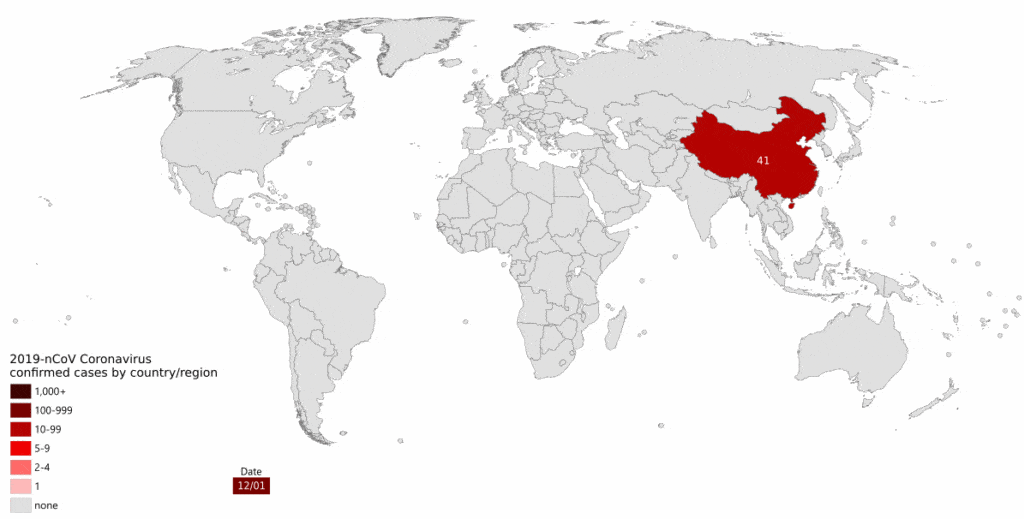Or rather, don’t meet it. Just meet its name.

The Wuhan coronavirus spread so quickly that we didn’t even have time to name it properly. It seems hard to believe, but it’s been just over two months since the virus took the world by storm, infecting over 45,000 people and killing over 1,000.
We didn’t even have time to name the disease, until now.
“We now have a name for the disease and it’s Covid-19,” WHO chief Tedros Adhanom Ghebreyesus said in Geneva.
The UN health agency announced that “COVID-19” will be the official name of the virus from China. The agency added that while the world has a “realistic chance” of stopping it soon, the disease represents a “very grave threat” for the world.
Naming a virus or disease is not exactly a straightforward task. In recent years, the WHO has released a set of guidelines, in which it advises against naming diseases based on where they were first discovered (Ebola and Zika are two examples). The reason is that this would create a link between the place and the disease in people’s minds, stigmatizing entire regions or ethnic groups, enticing fear and racism.
We’ve seen racism spike up in the wake of the coronavirus outbreak, so that seems like a wise decision. Similarly, naming diseases after more general areas (such as the Spanish flu or the Middle East Respiratory Syndrome — MERS) is also not recommended.
Naming diseases after animals can also create confusion. For instance, in the case of the 2009 ‘swine flu’, many people thought pigs were spreading the disease — when instead, it was humans that were spreading it.
In other fields, naming things is usually a privilege of the first people to discover or study it, but few people would want to associate their name with a lethal virus.
“We had to find a name that did not refer to a geographical location, an animal, an individual or group of people, and which is also pronounceable and related to the disease,” the WHO chief said.
“Having a name matters to prevent the use of other names that can be inaccurate or stigmatising. It also gives us a standard format to use for any future coronavirus outbreaks.”
The new name, COVID-19 comes from “corona” (CO), “virus” (VI), and “disease” (D), with “19” being the year the outbreak started.
About 400 scientists were taking part in the two-day international meeting in Geneva called to review how the virus is transmitted and possible vaccines against it.
The announcement was made at a two-day conference in Geneva where medical researchers are working on the best ways to address the outbreak.
“We are not defenceless,” Tedros said. He added: “If we invest now… we have a realistic chance of stopping this outbreak.”
There is currently no specific treatment or vaccine for the virus (though work is heavily underway). Our best chance is to stop the disease from spreading, and where it has spread already, isolate patients and monitor their health, alleviating the symptoms as much as possible.
The WHO officials also urged all countries to share the data they have to help build a better roadmap to combat the virus — a nod to China, which has been recently shown to be withholding and manipulating coronavirus data. It’s more important than ever to be transparent, and despite taking remarkable steps in containing COVID-19, China has shown a lack of transparency.
“That is especially true in relation to sharing of samples and sequences. To defeat this outbreak, we need open and equitable sharing, according to the principles of fairness and equity,” Tedros told the conference.
We can still contain the virus, Tedros concluded. But we have to act fast, and we have to act in a coordinated fashion.






